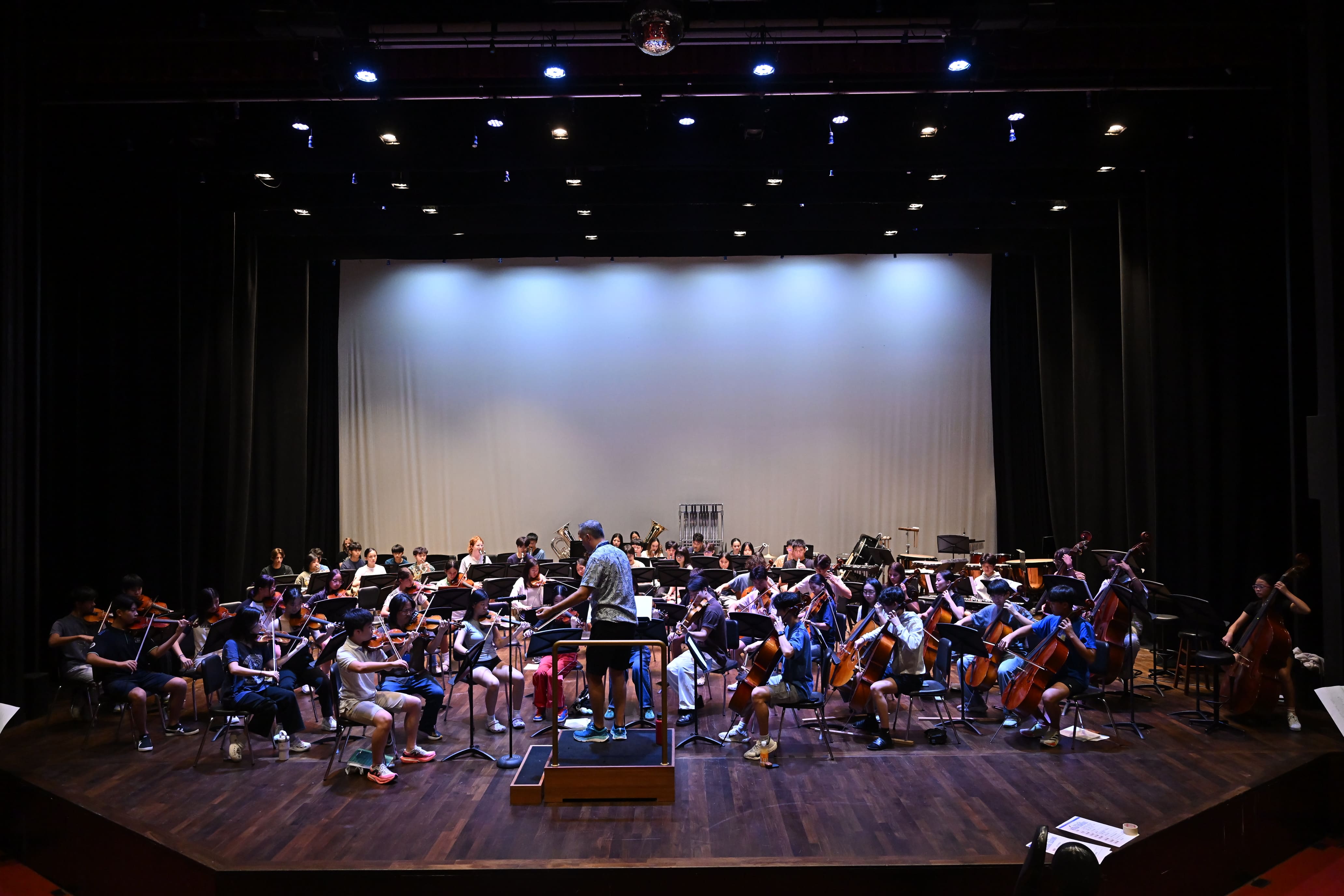Walk into almost any international school in Asia today and you’ll likely find something buzzing beyond textbooks and whiteboards—robots whirring across the floor, coding classes packed with curious faces, and labs filled with 3D printers causing ideas to spring to life. STEM—Science, Technology, Engineering, and Mathematics—has moved from the sidelines to centre stage. For parents, this shift may feel both exciting and overwhelming. What exactly is happening in schools, and what impact does it have on your child’s future? Let’s break it down.

Why STEM Matters More Than Ever
STEM isn’t just about turning young people into engineers or scientists. It’s about developing problem-solving skills, resilience, creativity, and adaptability—the very qualities that future workplaces demand. Asia, with its rapid technological growth and strong emphasis on education, has become a hotspot for pushing STEM learning forward. Parents see this as a way to give their children a global edge, whether they pursue careers in tech, medicine, research, or fields we haven’t even imagined yet.
Trend 1: Coding - the New Second Language
In the past, learning a second language like French or Mandarin was seen as essential. Today, coding is included in that list. Many international schools in Asia now introduce coding at primary school level. Students learn programming languages like Scratch, Python and JavaScript, often through fun projects like building games or apps. The idea isn’t to churn out professional coders at age 10, but to inculcate in children logical thinking, persistence, and creativity.
For parents: Don’t worry if you’re not ‘tech-savvy.’ Many schools provide workshops or online resources to help families understand what their children are learning, so that they can support them at home.
Trend 2: Robotics and Hands-On Learning
Forget rote learning. STEM in Asia is increasingly about doing, not just listening. Robotics clubs and competitions, like FIRST Lego League or World Robot Olympiad, are exploding across the region. These activities combine teamwork, design thinking, and technical know-how. Young people learn how to design, test, fail, and try again—valuable lessons that extend far beyond robotics.
International schools are also integrating maker spaces into the academic landscape—creative labs stocked with tools, 3D printers, and electronics kits—where students can build prototypes of their ideas. These labs nurture innovation and encourage collaboration between students of different ages.
Trend 3: Blending STEM with the Arts (STEAM)
An interesting shift is the rise of STEAM—STEM with the Arts added in. The underlying belief is that creativity and design are just as important as coding or formulas. In Asia, this can be seen in projects that combine engineering with the visual arts, or coding with music. For example, students might program robots to perform dance routines, or use maths to create digital art.
This approach helps children view STEM not as a dry subject, but as something vibrant, creative, and relevant to everyday life.
Trend 4: Focus on Real-World Problems
International schools are encouraging students to apply STEM to real-world issues. Projects like tackling plastic waste in the oceans to designing water filtration systems for rural communities, are often in keeping with concerns about sustainability and social responsibility. They not only build empathy but also show students how their skills can have a positive impact. on society.
Many schools partner with local NGOs or global organisations, providing students with opportunities to work on meaningful projects outside the classroom. These experiences make learning feel purposeful—and parents love seeing their children engaged with real -life challenges.
Trend 5: AI and Emerging Technologies in the Classroom
Artificial Intelligence, virtual reality (VR), and data science are no longer futuristic buzzwords—they’re part of the work that goes on in today’s classrooms. Some schools use VR for immersive learning, letting students explore ancient ruins or the inside of a cell. Others are introducing the basics of AI, teaching children how algorithms work and why ethics needs to be taken into account when creating new technologies.
While this might sound advanced, it isn’t likely to overwhelm children. Rather, the aim is to familiarise them with and train them to use tools they will encounter in the future. Exposure and training now are likely to result in comfort and confidence later.
Trend 6: Focus on Girls in STEM
Across Asia, there’s a growing push to involve more girls in STEM. Schools are setting up clubs and mentorship programmes, and highlighting female role models in science and technology. This is especially important in cultures where girls may feel pressured to pursue more traditional roles. By fostering confidence early, schools are showing girls that STEM careers are open to them too.
Parents can play a critical role here by encouraging both sons and daughters to explore coding, robotics, or science experiments
Trend 7: Global Collaboration
STEM education in Asia isn’t happening in isolation. Thanks to technology, students are able to collaborate often with peers across borders. Virtual exchanges, online competitions, and global hackathons are common. Imagine your child being able to work on a science project with classmates in Japan, India, and Singapore, all without having to leave their classroom. These experiences strengthen the academic skills of students, enhance their cultural awareness and enable them to cultivate the spirit of teamwork and camaraderie across cultures and borders.

What This Means for Parents
With so many changes, it’s natural for parents to feel unsure about how much emphasis to place on STEM. Here are some takeaways:
- Don’t panic if your child isn’t a ‘math whiz.’ STEM is about problem-solving, not just getting the right answers.
- Encourage curiosity. Simple activities at home, like baking (chemistry in disguise) or building with LEGO, can ignite STEM thinking.
- Ask schools about their STEM approach. Do they offer coding classes? Maker spaces? Opportunities for girls? These details matter.
- Balance is key. STEM is important, but so are sports, arts, and social skills. A well-rounded child will thrive in any field.
<Subhead> The Future Outlook
The future workplace will very likely look very different from the one we see today. According to the World Economic Forum, 65% of children entering primary school today will end up working in jobs that don’t exist as yet. That’s a staggering thought—and a clear reason why adaptability, creativity, and STEM skills are so crucial.
In Asia, where international schools often set high benchmarks, the investment in STEM education is not just about academics. It’s about preparing children to thrive in an unpredictable, interconnected world in the years ahead.
Final Thoughts
STEM education in Asia is not a passing trend. It’s a movement reshaping how children learn and prepare for life. From coding and robotics to sustainability projects and global teamwork, international schools are offering exciting opportunities that extend far beyond traditional classrooms.
For parents, the best approach is to stay informed, encourage curiosity, and see STEM as an important tool—not just for future careers, but for raising confident, creative problem-solvers. After all, the next breakthrough in technology, medicine, or sustainability may well come from the curious hands of today’s students—maybe even from your child.
Read more here:
















![[St. Joseph’s Institution International School Malaysia] The Lasallian �ؿ�ζSM Ethos for a Better Future - Gratitude and Giving](https://eda.sgp1.digitaloceanspaces.com/production/TfRAxzU6ATHvsmC0lblUPD8peQ36lt.jpeg)




